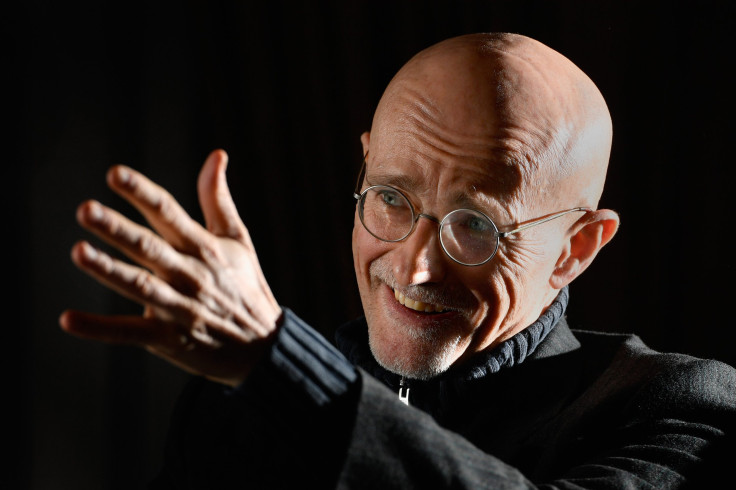First Human Head Transplant Operation Planned This Fall Using Frankenstein-Inspired Technique

In a recent interview with Business Insider, Italian neurosurgeon Sergio Canavero explained his ambitious plans to conduct the world’s very first human head transplant. Canavero claims the operation will take place in China this fall, and although the procedure has clear medical uses for the paralyzed and other conditions, Canavero’s ultimate plan is to explore life after death, and extend human longevity.
The project is known as head anastomosis venture, or HEAVEN for short, and involves placing the head of a living person onto the body of a brain- dead donor, Business Insider reported. Canavero and his team plan to conduct the operation in China this fall; the donor is a brain-dead patient, and the head is from an undisclosed Chinese patient.
Read: Head Transplants Only 2 Years Away, Surgeon Claims; Operation Hopes To Treat Brain Diseases
Canavero will cut out the injured segments of the spinal cord in the paralyzed patient, and then replace the removed portion with spinal cord from a donor. The two spinal cords will be fused together using polyethylene glycol (PEG). As inspired by Mary Shelley's classic "Frankenstein", Canavero plans to use electricity as the final component of the procedure to help coax the fibers from donor and donee to merge together and regrow at an accelerated speed.
While Canavero says that it would make sense to use this procedure to help more paralyzed patients, his ultimate goal is to extend human life.
"I’m into life extension," he told Business Insider. "Life extension and breaching the wall between life and death."
Canavero explains that he sees his procedure helping humans live longer than ever, as they can simply transplant their heads onto the body of a clone once they begin to age. In addition, Canavero hopes the procedure will help him create a real full death experience, allowing him to finally understand what happens once we pass away.
"I'm not religious but I don't believe consciousness can be created in the brain. The brain is a filter," Canavero told Business Insider, explaining what he really hoped to achieve from the experience.
Canavero’s operation is highly controversial, with many critics citing that not only is it unethical, but also that it will not work. For example, Dr. James FitzgGerald, a consulting neurosurgeon at the University of Oxford, told Business Insider that, although Canavero may be correct in suspecting that electricity can coax fibers to merge, he still doesn’t believe that his plan to use it to fuse a head to a body will work.
"I simply don't think the reports of joining spinal cords together are credible," said FitzGerald.
Spinal cords are extremely delicate parts of the body, and at the moment there have been no credible reports of them being correctly re-fused once broken. If this were possible, paralysis would no longer be a permanent condition, The Guardian reported. Still, Canavero is hopeful that by cutting the spinal cord with an incredibly sharp knife, and keeping the patient in a medically induced coma after the reconnection to minimize them moving, will help his operation become a success.
See Also:
Chinese Plan Head Transplant For Paralyzed Patients, But Will Ethical Concerns Put It On Hold?
Published by Medicaldaily.com



























